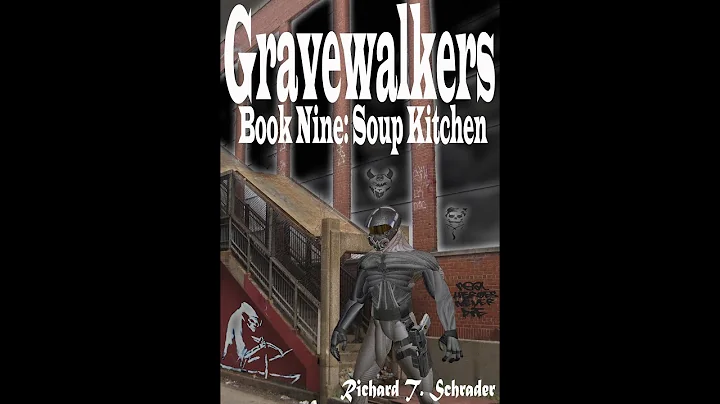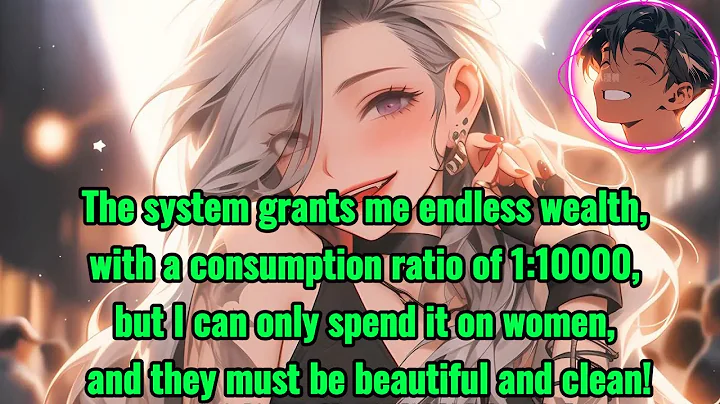In order to make themselves more beautiful and more beautiful, girls now dress up almost every part of the body from head to toe. When it comes to "from head to toe", the most important thing is hairstyle, hairstyle and hair Not only can ornaments greatly enhance the beauty of women's looks, but different hairstyles can also reflect the age and personality of different women.
In ancient China, women also valued their hairstyles. Various hairstyles have evolved in different dynasties. Today, I will take stock of the history of changes in women's hairstyles in ancient China, and show you the beauty and classical beauty of women's hairstyles in different dynasties in Chinese history.

Part of the hairstyle styles of ancient Chinese women
前秦时代
古石器时代
In the Paleolithic Age, people at that time lived extremely simple In his cave life, he spends his thoughts on finding food every day, without even thinking about dressing up his mind. Therefore, people in the Paleolithic period usually had their hair loose. And the term "faking a wife" comes from this. When a man meets a woman he likes, he will take a stick and knock her unconscious, then drag it to his cave and "marry" him. This is the source of the "bridal chamber", and this woman is the man at this time "Send Wife".

Paleolithic Beatles Distribute
新石器时代
In the Neolithic Age, people have tools for labor. When working, it would be very inconvenient to drape your hair. Fang Lei, the princess of Xuanyuan Huangdi, was inspired by fish bones and invented the comb. After that, people use combs to comb their hair back and tie it up again. This is called "hair tie". There are also some people who tie their hair on top of the head, which is called "updo."

Neolithic corset
铜器时代
In the Xia and Shang periods, combs and hairpins made of copper appeared, and in the late Warring States period Tools for trimming hair appeared again: comb and grate. These two things are mostly made of bamboo. The comb is used to trim the hair, while the grate is used to remove hair dirt and flea eggs from the hair.

篦子
秦汉时代
秦朝时代
Qin Shihuang wiped out the six kingdoms and the country was unified. In that respect, all aspects must be unified. In the era, women's hairstyles have also begun to become uniform. The most popular hairstyles in society at that time were the hanging bun and the fallen horse bun. The prevailing hairstyle among aristocratic women is the Jiuyu fairy bun. Jiuyu represents the interlocking hair. If the number of rings is more, the woman is the most noble.

hanging updo hairstyle
汉朝时代
And in the Han Dynasty, women’s hairstyles changed to single-loop hairstyles and hanging cloud hairstyles. There is a symmetrical type. There are many types of women's hairstyles in the Han Dynasty, even as many as dozens: Lingyun bun, hanging cloud bun, greeting spring bun, fairy bun, Wangxian bun, ginseng bun, yellow bun, triangle bun, three bun, double bun, Yaotai updo, fallen horse updo and so on.

Han Dynasty Single Ring Hairstyle
魏晋南北朝时代
魏晋时代
During the Weijin Southern and Northern Dynasties, hairstyles evolved and gradually formed The spirit snake bun and cross bun. Among them, the snake bun was designed by Cao Pi's wife Zhen Ji. It was recorded in "Cai Lan Magazine" that when Zhen Ji was combing her hair, she saw a green snake in the yard. The inspiration was designed to imitate the shape of a snake. Because of its beauty and novelty, more and more women began to follow suit, so the spirit snake bun became popular.

Ling snake bun modeling
Southern and Northern Dynasties
During the Northern and Southern Dynasties, influenced by the integration of nationalities, the traditional simple aesthetics changed from simplicity to gorgeousness. Women like to dress up some luxurious decorations on their hair buns. There are also many peculiar hairstyles. It is recorded in "The Five Elements of the Song Dynasty" that during the Liu Song period, many women had their hair divided into three braids, which were tied up in a tall pull ring, called a flying bun. It can be described as killing Matt at the time.

Flying Updo Model
唐宋时代
唐朝期
In the early Tang Dynasty, noble women usually like to raise their hair bun In the middle of the Tang Dynasty, a hairstyle similar to the fallen pony bun in the Han Dynasty was popularized again-the wavy bun. This hairstyle resembled a drooping rose flower, which attracted many women to dress up for a while. The method of making a wavy bun is usually to comb the hair from the temples to the back of the head, then swipe it upwards, and pull it on top of the head into one or two buns that are lowered toward the front of the forehead.
Due to the Tang Dynasty, Japan sent "Tang Envoys" every few years to study in China. Therefore, many cultures have spread to Japan, including clothing, customs, makeup, etc., and now Japanese women are in major festivals. When wearing a kimono, the matching hairstyle is derived from the Tang Dynasty widow bun.
In addition to wavy buns, in the late Tang Dynasty, a hair style called naosuo makeup buns was also popular. Bai Xingjian once described in "Three Dreams": "In the palace in the late Tang Dynasty, the bun, the number is noisy, the makeup is a bun, and the shape is like a bun."

倭坠髻 Hairstyle
宋朝期
The Song Dynasty basically followed the style of the late Tang Dynasty, but noble women wear high buns and common people wear low updos. Because noble women especially love high buns, but they are not high enough, wigs appeared in the Southern Song Dynasty to fill their high buns to make the buns taller. In 1975, the actual high bun was unearthed in the tomb of Huang Sheng in the Southern Song Dynasty in Fuzhou, but this high bun was mixed with other people's hair, which is now called "wig".

High bun styling
元明清时代
元朝期
In the Yuan Dynasty, under the rule of the minority regime, the aristocratic women's hairstyles and The women of the Han nationality are very different. The noble women’s hairstyles have their own national characteristics, while the Han women remain the same. The noble women of the Yuan Dynasty wear the tall "kun crown", and the hairstyles of the Han women are still changeable, and most of them are Inherit the hairstyle of the Tang and Song Dynasties.

The Mongolian crown of the Yuan Dynasty
明朝期
At the beginning of the Ming Dynasty, the "peach heart bun" was a popular hair style at that time. Favored by women in society. These beauty-loving women usually comb their hair into a flat circle, and then decorate the top of the bun with exquisite flowers. With the passage of time, it evolved into a gold and silver tie, and the bun was combed high, and the top of the bun was decorated with pearls, jade, and treasure.

Peach heart bun modeling
清朝期
In the Qing Dynasty ruled by the Manchus, the hairstyle of aristocratic women has undergone major changes. "Two heads" (sorghum heads) is the most common style. After Kangxi, a hair style that blends Manchu and Han cultures appeared again-"Yizitou", "shelf head" and so on. Because aristocratic hairstyles were more complicated and time-consuming, in the late Qing Dynasty, "big wings" appeared, that is, the flag head, which was directly worn on the head, saving time for dressing up.

The flag of the Qing Dynasty
Now, with the development of globalization, women’s hairstyles have gradually become more diverse, including traditional Chinese braids, Western waves, Japanese and Korean styles Many hairstyles. Throughout the ages, the pursuit of beauty has been extremely important for every woman, and the shaping of hairstylesFemale friends attach great importance to it.
Which dynasty hairstyle do you prefer? Everyone is welcome to comment. Maybe your comment was seen by Mr. Tony downstairs!











